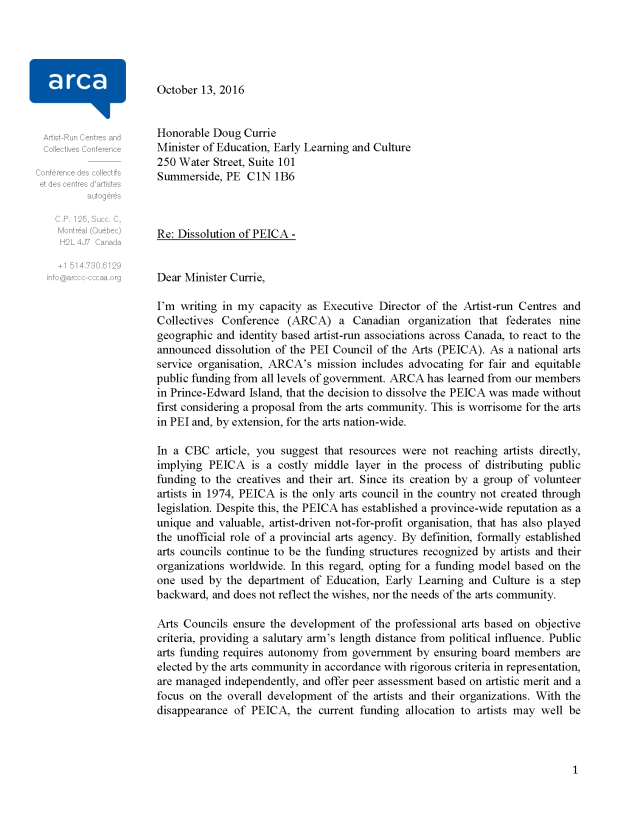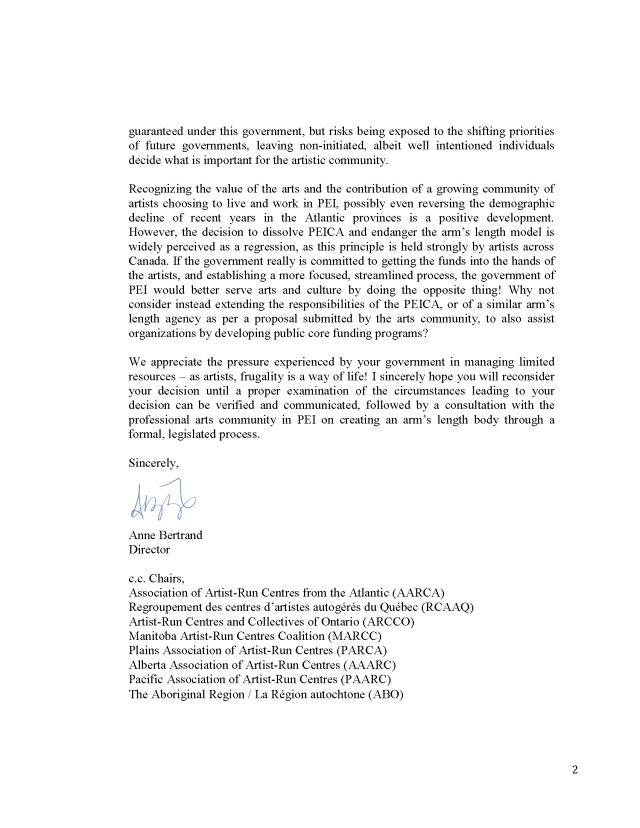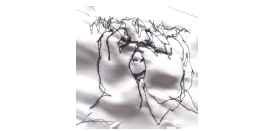– a conversation between Christian and Pan – originally published 2010/11/07
Link to the original post – which includes the comments section: HERE

Written by Christian Ledwell
Prince Edward Island has a thriving arts community. Unfortunately, much of the art that is released does not receive a substantial critical response. I feel this is because reviewers are often not comfortable being negative when writing about art made on Prince Edward Island because they do not want to offend the artist.
A recent article in The Walrus mentions that Ernest Hemingway once read a review of his work called “The Dumb Ox” in a bookstore in Paris that made him so angry that he caused several thousands francs’ worth of water damage by punching a vase of tulips (showing himself to be, if not a dumb ox, at least a bull in a China shop). While negative reviews aren’t normally taken so badly, they rarely create good will. In the Island arts community, there is a strong likelihood that the reviewer and the artist know one another, and that no one will read the review as carefully as the artist.
For criticism to be effective, it needs to be an honest reflection of the reviewer’s experience of the artwork; the artist’s reaction shouldn’t be the primary concern. But given Prince Edward Island’s small size, you have to watch what you say. This is true of any conversation held in public. Once while I was having lunch with my sister, she recommended a plumber, and one of the only other two people in the restaurant turned out to be the plumber’s daughter. Conversations on the internet are even more easily overheard, as social media allows anyone to broadcast her opinion and artists Google themselves to listen in on the discussions held about their work.
A trusted outside perspective from a good director, editor, or producer goes a long way to improve an artistic vision. Criticism also gives an outside perspective, but critics don’t have a trust relationship with an artist, they don’t give their criticism in private, and the artist cannot make changes based on their criticisms. One role a reviewer can play is to curate, sifting out what is exceptional. But Prince Edward Island doesn’t need a Paris Review; Islanders hear about most exceptional art by word of mouth. Regardless, after a group of people experiences art together, there is a natural instinct to talk about what they liked and didn’t like. Criticism is a way to formalize that impulse to have a conversation about communally-experienced art. Thoughtful private conversations almost always include criticisms, even for art that is exceptional. I don’t feel that this negativity is regularly and honestly expressed in writing on Prince Edward Island.
The Island arts community is fortunate to have The Buzz, which offers consistently good writing and comprehensive coverage of arts events across the province. The Buzz is a vital part of why our arts community is thriving. The Buzz writes very positively about art, and its inclusionary approach has a lot of benefits; it is especially helpful for new artists who want to promote their work. I don’t think The Buzz needs to or should change. But I wonder if Island artists could benefit from receiving more bad press alongside the good.
A band I play in sent out our first EP out to be reviewed by music blogs. Indie music blogs are sent a high volume of records and so tend to only review music that they have something positive to say about. Of the reviews our EP received, my preference was for the review in which the reviewer was openly negative about what he didn’t like. While I stand by the material he dismisses, the songs he flagged as worthwhile are the ones that the band still plays in our live sets. By being clear about what he doesn’t like, it lends credibility to the praise he does give.
Artists want their work to be taken seriously, but for criticism to go beyond being a pat on the back, it requires an environment in which critics are free to offer negative opinions alongside positive opinions. Artists should be confident enough in their work that they can weather negative responses, and critics need to be confident enough in their opinions that they don’t pander in order to be polite. Criticism about Island art written by Islanders might be an elusive goal, but I think it is still worth aiming for. For instance, this weblog could be a good forum for artists to ask for critical feedback about their work. Until then, eavesdropping in restaurants is still a faithful standby for those looking for an objective opinion.
To Read Pan Wendt’s Response Click …
Continue reading →


 #RIPPEICA
#RIPPEICA




